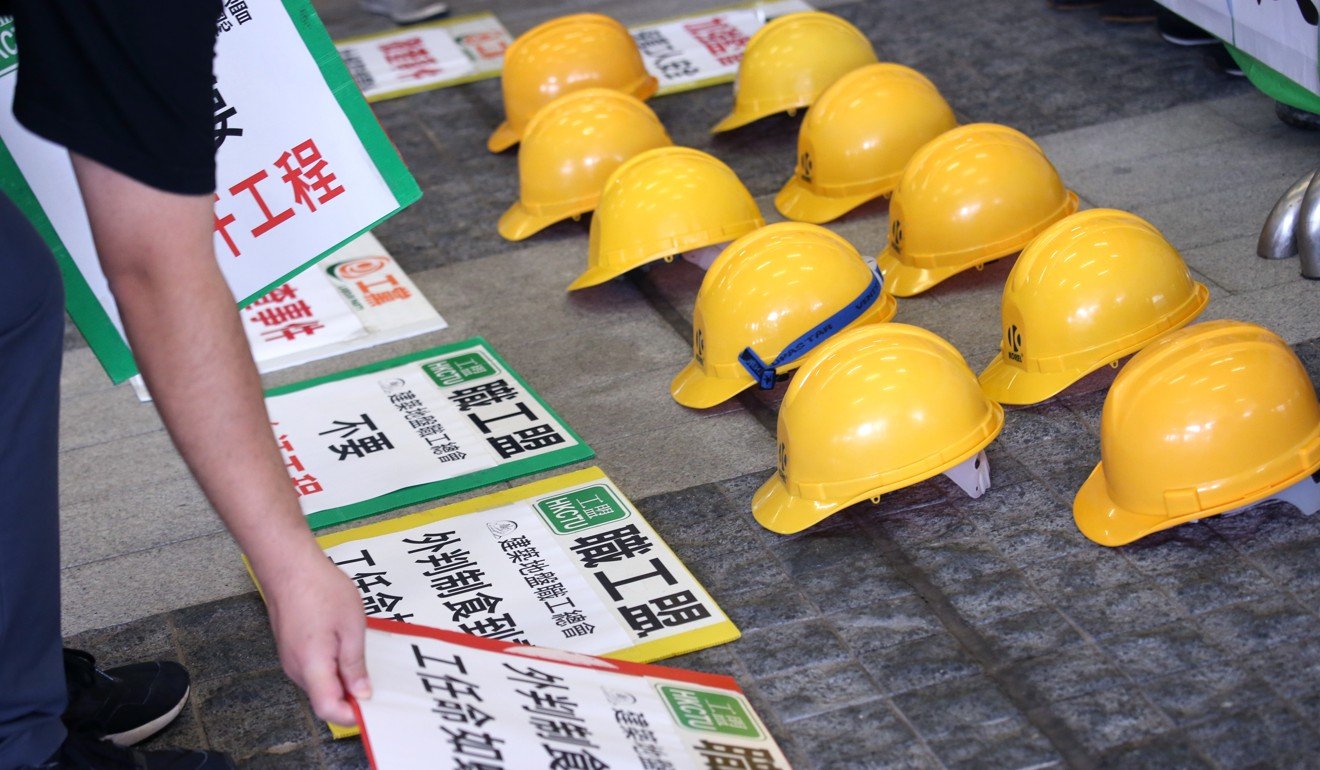
World’s longest sea crossing is finally finished, but Hong Kong-Zhuhai-Macau bridge has come at a high cost
- Bridge will soon open to passengers, but delays, cost overruns and accidents mean it has come at a price
The world’s longest sea crossing linking Hong Kong, Zhuhai, and Macau will open to passengers soon, but its construction was blighted by accidents, corruption, delays and budget overruns.
The bridge will put the three cities within an hour’s commute of each other, and is expected to boost economic development and tourism in Hong Kong, which has invested HK$120 billion in the project.
But, critics have questioned whether the bridge will become another white elephant, as the government conceded earlier this year it had lowered its estimates for traffic due to keen competition expected from another mainland bridge, and China’s national railway.
Hong Kong to pay HK$2.36 billion share of bridge’s HK$11.7 billion cost overrun
1. How convenient is the bridge?
The 55km (34 miles) link will drastically cut travel time from Hong Kong to Zhuhai, easing the flow of cargo between the city and Western Pearl River Delta, Guangdong and Guangxi provinces.
A trip between Kwai Chung Container Port, and Zhuhai is expected to drop from about 3½ hours to around 1 hour and 15 minutes.
Meanwhile, it will now only take around 45 minutes to travel from Hong Kong International Airport to Zhuhai. The journey presently takes about four hours.
2. What caused the cost overruns and delays?
A proposal to build a bridge linking Tuen Mun and Zhuhai was made as early as 1980.
But it wasn’t until 2003 that the State Council, China’s cabinet, gave a nod to the governments of Guangdong, Hong Kong and Macau to press ahead with the advance work for the construction of the bridge.
The three governments were responsible for the facilities within their own territories, but they would share part of the construction costs for the main bridge.
As a result, Hong Kong shared about 2 billion yuan of the extra costs, taking its total contribution to about HK$10 billion.
The Ministry of Transport cited various reasons for the overruns, including complicated building conditions in the open sea, and construction difficulties.
Hong Kong has so far invested about HK$120 billion in the project, including connecting roads and flyovers within the city.
The bridge, originally slated to open in 2016, has been delayed by two years.
3. What has been the human cost?
The mega link has been described as a “blood and sweat project” by many people in the construction sector, including the Hong Kong Construction Industry Employees’ General Union.
According to the Association for the Rights of Industrial Accident Victims, 10 workers have died, and more than 600 have been injured while working on the bridge's construction sites since 2010.
In May this year, the Hong Kong government provided figures from the bridge authority, which said nine workers had died during work relating to the main bridge, and no reports of other work injuries had been received.

4. Could the bridge become a white elephant?
Concerns were raised earlier this year when officials revealed the amount of traffic expected to use the bridge had been cut.
In a 2008 consultancy study, 33,100 vehicles and 171,800 passengers were expected to cross the bridge per day by 2030. But, that prediction was lowered to 29,100 vehicles and 126,000 passenger trips in a 2016 study, down 12.08 per cent and 26.66 per cent respectively.
The government conceded that the adjustments were made for several reasons, including competition for business from the Shenzhen-Zhongshan bridge, and the rapid redevelopment of mainland railways.
The bridge linking Shenzhen and Zhongshan, expected to be completed by 2024, will cut travel time between the two cities from two hours, to 20 minutes.
Officials have promised to monitor the mega bridge’s utilisation rate, and will consider suitable measures to bring its benefits into full play.
5. What are the corruption and design scandals?
In 2017, the city’s anti-corruption watchdog charged 19 laboratory staff working for a government contractor with faking concrete test reports for the bridge.
One was jailed for eight months last year after pleading guilty to two counts of using false instruments to make reports between 2012 and 2015 on concrete cubes intended for the bridge.
Eighteen others were alleged to have changed the time of the computers, or replaced the original concrete sample cubes to falsify the tests between January 2013 and July 2016.
Of these, two were sentenced to 32 months and 22 months in prison respectively after pleading guilty to one count of conspiracy to defraud. Another technician who admitted culpability is expected to testify for the prosecution against the remaining 15, who had pleaded not guilty. Their trial is expected to begin next year.
In 2016, officials revealed technical problems had caused drifting of an artificial island that housed facilities for the bridge, and rectification was needed.
Hong Kong-Zhuhai-Macau bridge ‘scientifically proven to be safe’
6. What were some of the other concerns?
Green groups were worried that the bridge construction had affected the ecology around Lantau Island.
According to a government report released earlier this year, the number of Chinese white dolphins in Hong Kong waters remains “critically low”, with just 47 of them spotted from April 2017 to March 2018.
The dolphins have largely disappeared from northeast Lantau since 2012, when work on the bridge started, and high-speed ferry traffic from the airport’s Sky Pier increased.

